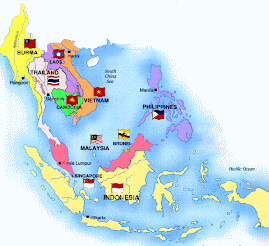This masters thesis is receiving praise from the biochar community. Another demonstration of the many commercial niches that biochar may occupy in the near future...
"... Results varied among trials and crops grown. Many biochar-based
substrates produced plants with shoot dry mass greater than or equal to
the control. These results demonstrate the potential for biochar to
replace perlite and eliminate the limestone amendment needed for
commercial greenhouse soilless substrates based on sphagnum peat.
Soilless substrates containing biochar as a replacement for perlite and
limestone can successfully be used for greenhouse plant production."
http://lib.dr.iastate.edu/etd/13399/#!
River Bend and the Gumbo of Gloom
-
"*Louisiana's heat is not always measured in Scovilles**.*"
Chapter 1: A Gumbo of Gloom
*Well, sir, let me tell you,* that naught-minus-twenty ice storm...
6 days ago




